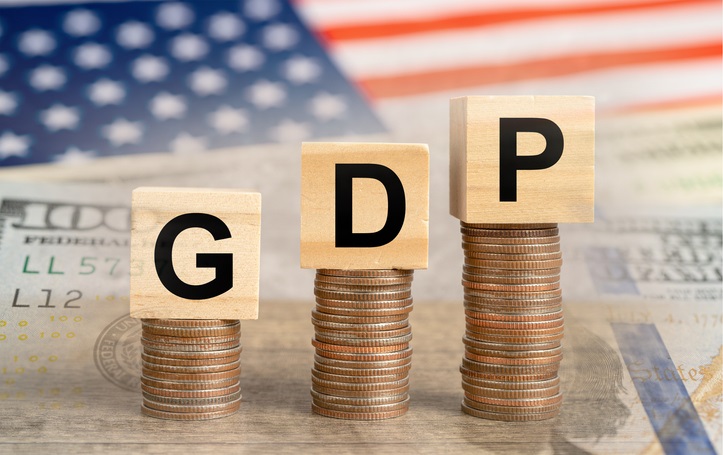The main focus during the Asian session was data from the economy and the rising USDJPY pair, with the Japanese finance Minister immediately coming out and the 145.00 level was breached.
Suzuki added a number of quotes to jawbone the Yen higher, noting that “FX should move stably reflecting fundamentals” and “Closely watching FX moves with great sense of urgency.”
On the data front the official NBS Non-Manufacturing PMI for China declined to 53.2 in June 2023 from 54.5 a month earlier. While pointing to the sixth consecutive month of expansion in services activity following the removal of strict pandemic curbs by Beijing late last year, the latest result was the weakest growth since January.
New orders remained weak (49.5 vs 49.5 in May), foreign sales shrank for the second month in a row and at a steeper pace (49.0 vs 49.7), and employment declined for the fourth straight month and at the fastest rate in five months (46.8 vs 48.4).
At the same time, the delivery time index was stable (at 51.9). Regarding prices, input costs dropped for the second successive month (49.0 vs 47.4), and selling prices fell further (47.8 vs 47.6). Finally, sentiment softened to a six-month low (60.3 vs 60.4)
Next week we’ll get the privately surveyed PMIs. That is, China has two primary Purchasing Managers’ Index (PMI) surveys – the official PMI released by the National Bureau of Statistics (NBS) and the Caixin China PMI published by the media company Caixin and research firm Markit / S&P Global.
The official PMI survey covers large and state-owned companies, while the Caixin PMI survey covers more small and medium-sized enterprises. As a result, the Caixin PMI is considered to be a more reliable indicator of the performance of China’s private sector.
Another difference between the two surveys is their methodology. The Caixin PMI survey uses a broader sample of companies than the official survey. Despite these differences, the two surveys often provide similar readings on China’s manufacturing sector.




